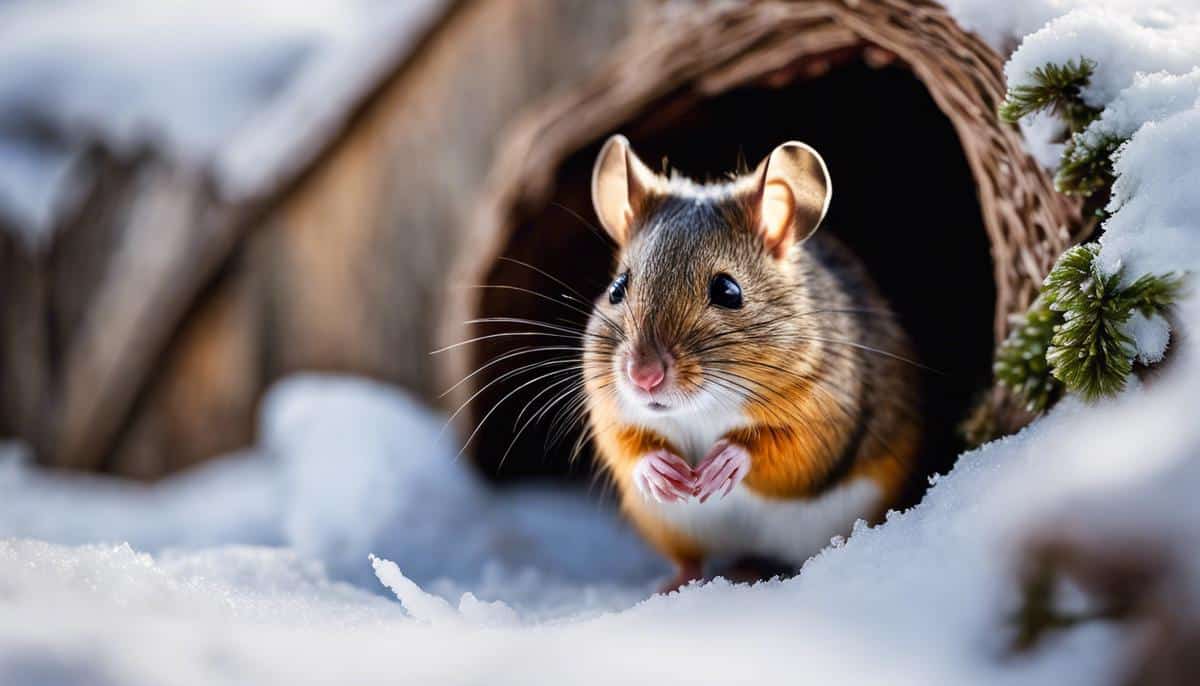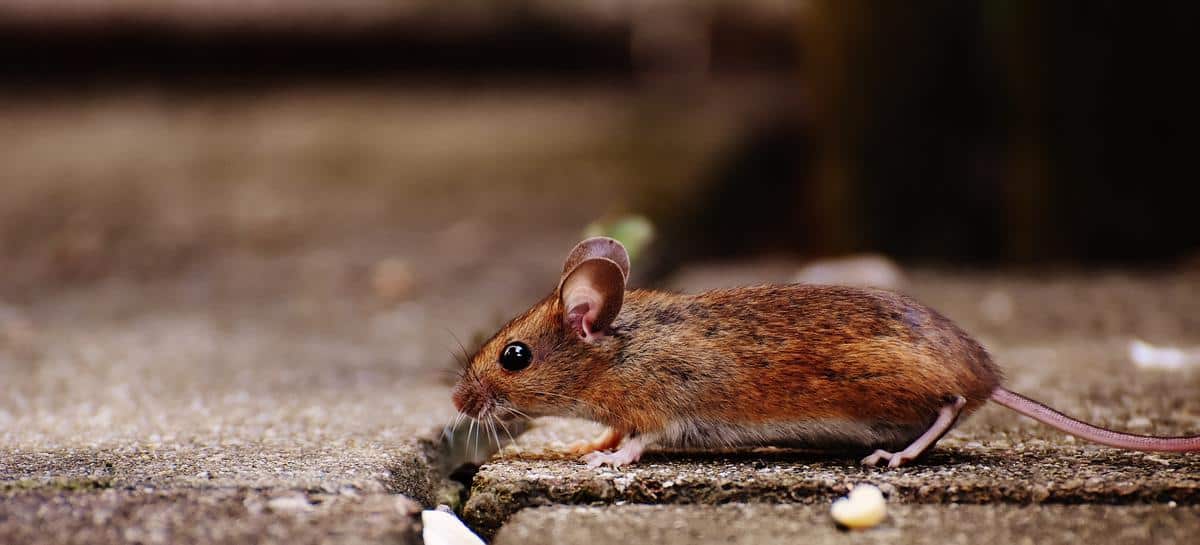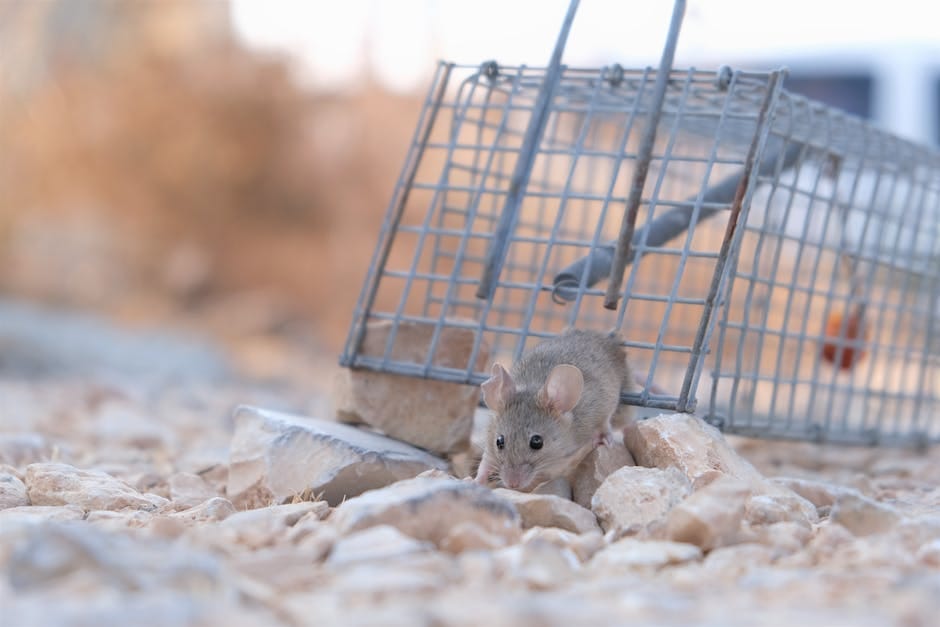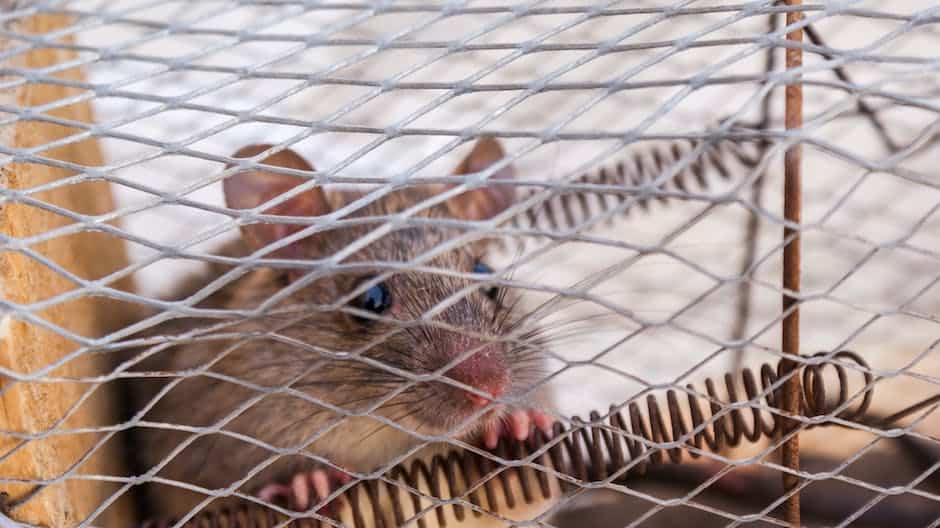
29 Nov Effective Rodent Trapping Methods in Winter
As temperature starts to plunge and landscapes turn frosty, many species of rodents begin to seek refuge in cozy, warm dwellings. Along with them comes a series of issues like property damage, eating food reserves, and even transmitting diseases. Stimulating awareness of their winter behavior, choosing the correct trap and bait, as well as implementing safe and humane trapping practices is highly significant for successful rodent management this winter. Understanding every facet of these strategies will enable the general public to create a healthier and safer living environment.
Understand Rodent Behavior in Winter
Winter Wonders! Unraveling the Curious Behaviors of Rodents in the Chilly Season
The seasonal shift in the temperature announces a time of extraordinary change for nature lovers and rodent enthusiasts alike. Believe it or not, winter is a time of fascination and intrigue when it comes to our furry four-legged friends. During this season, rodents showcase behaviors and activities that capture the essence of their survival instincts, demonstrating how they skillfully adapt to weather changes.
The first and foremost acknowledgment to make about winter and rodents is their instinctive behavior for hibernation. Some rodents, like ground squirrels and marmots, enter into a state of deep sleep known as true hibernation. Their heartbeat slows down, body temperature drops, and they do not eat or excrete waste. They live off their stored fat reserves to survive the long winter months.
Yet, not all rodents hibernate. Rats and mice boast an impressive adaptability track-record, proving their resilience in the face of harsh winters. These busy creatures actually remain active throughout the harsh winter months, albeit primarily during quiet nighttime hours after others have retreated into their warm sanctuaries. If the cold gets too intense outdoors, they are known to migrate indoors, seeking refuge in barns, warehouses, and, occasionally, residential homes.
Another captivating characteristic is their hoarding habit, something we can all relate to on a cold winter’s day! As the mercury drops, rodents such as chipmunks and hamsters exhibit an innate propensity to stockpile food. Using specialized cheek pouches or meticulously constructed burrow systems, these rodents gather and maintain a diverse food supply to eliminate the need to forage in the frigid temperatures.
One may wonder, ‘Are they solely looking for food and warmth?’ Interestingly, these rodents take their winter activities a step further. Many participate in what’s known as ‘mating chases,’ where males pursue females through the snow, exhibiting an ecstatic dash of energy and vitality in the chilly weather.
On an exciting note by savoring the opportunity to observe and understand these enthralling rodent habits in winter, you can establish an even more profound appreciation for these creatures’ competence and survival acuity.
Lastsly, this intriguing seasonal phenomenon provides a perfect excuse to learn more about these small mammals’ nature and behavior. As we settle into the chill of winter and watch the world transform around us, let’s also remember the activities happening underground and in the smallest corners of our structures. No matter the season, the world of rodents never ceases its hustle and bustle, offering an endless source of interest for those who strive to understand more about these remarkable creatures.

Choose Appropriate Traps and Bait
Keeping those discussions in mind, let’s focus in on the topic at hand: trapping rodents during winter. Understanding that different rodent species showcase various behaviors during the winter months is crucial, it provides insights into what traps and baits to utilize for the most effective results.
A long-used classic, the snap trap remains one of the most efficient – and humane – methods to trap rodents. This trap quickly eliminates the rodent, sparing them from long-term suffering. Once they venture onto the trap to take a bite of the bait, the trap swiftly snaps shut, ensuring a quick end. It’s important to position these traps near known rodent runways, which may have a surge in activity during the winter as rodents seek warmth and food indoors.
Another popular option is the live catch trap. These non-lethal traps allow the capture of rodents without causing them harm. Nicknamed “Havahart” traps for their benign nature, they work best if placed directly in rodent pathways with a delicious bait luring them in.
Speaking of bait, selecting the right one is essentially winning half the battle. Peanut butter remains an evergreen favorite, primarily due to its high fat and protein content which rodents crave during winter. To up the game, infuse the peanut butter with bird seeds or bacon bits, its aroma might be irresistible to winter-hungry rodents.
An unconventional but highly attractive bait is nesting materials. In pursuit of creating cozy winter dens, rodents are constantly on the lookout for soft, pliable materials. Placing cotton balls, shredded paper, or bits of fabric near traps might just do the trick, appealing to their need for warmth and survival.
With mammals as adaptable and intelligent as rodents, it’s always advised to experiment with different traps and baits, observing which combination yields the best results. Be mindful of the practice – always prioritize humane treatment. Patience, unique approaches, and a keen understanding of rodent behavior in winter, are key to effective trapping.
Happy trapping! This winter, brace yourself and your home from the fascinating, yet potentially destructive activity of rodents. This will be an ongoing learning experience, increasing your understanding of these small creatures and their complex, intricate behaviors that transcend seasons.

Implement Safe and Humane Trapping Practices
Delving deeper into the world of humanely trapping rodents, it’s crucial to approach this sensitive topic with respect for these intelligent little creatures. They play an equally important role in our world’s ecosystem. This leads us to the question – how can you ensure the rodent trapping methods you use are safe and humane?
Utilize Live Traps: There is a diverse range of live traps available which are designed to capture rodents without causing harm, and these should be the first port of call in humane rodent control. They operate typically using a trigger-and-door mechanism that traps the rodent alive inside when it goes for the bait. After capture, the rodent can be released back into the wild, a safe distance away from your property.
Implement Multi-capture Traps: If you are dealing with a significant rodent problem, traditional traps might fall short. In such scenarios, multiple capture traps can be strategic. These are not lethal and can trap several rodents at once. The multi-inviting design also lessens the anxiety of the trapped rodents, making the process more humane.
Induced Avoidance Using Repellents: Instead of leading rodents into traps, humane strategies can involve persuading them to stay away willingly. Natural repellents, such as peppermint oil, have proven to deter rodents due to their sharp sense of smell. This method is safe, doesn’t harm the animal, and keeps them at bay effectively.
Timely Release is Key: Once trapped, rodents can quickly become frightened and stressed, which is why a timely release is so critical. Make sure to check your traps frequently to avoid prolonged captivity and unnecessary distress. Also, ensure a safe release into a place far from your home, allowing them to return to their natural habitat and lifestyle.
Professional Help: DIY measures are often not enough when dealing with persistent infestation. In such cases, turning to professional pest control agencies that respect life in all forms is recommended. These providers use state-of-the-art methods to control and manage rodents in a humane manner and offer advice on how you could avoid future infestations.
Education and Awareness: Understanding rodent behavior remains a vital part of humane control. This understanding can guide us in devising tactics that are cognizant and respectful of their natural instincts. Knowledge about when they are most active, what they prefer to eat, and their social behaviors can help minimize interactions and conflicts.
In conclusion, ensuring the humane treatment of rodents is not only ethically right but fascinatingly educative as well. Meeting the challenges rodents present in our habitats does not require harmful approaches; rather, it invites us to comprehend and respect their world better. Happy learning, fellow rodent enthusiasts!

The long-standing battle between mankind and rodents continues to persist, yet by gaining a comprehensive knowledge of their winter habits, choosing the right traps and baits, and adopting ethical trapping practices, one can efficiency deal with this perennial problem. By acknowledging the fact that even rodents are a part of the ecosystem and treating them in the most humane way possible, we can responsibly and effectively manage our homes and surroundings against these pesky invaders. Thus, it is not just about trapping the rodents, but also about fostering a deeper understanding and adopting a more ethical approach towards these creatures.

